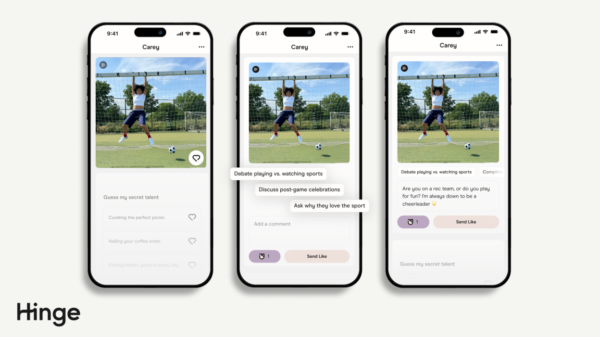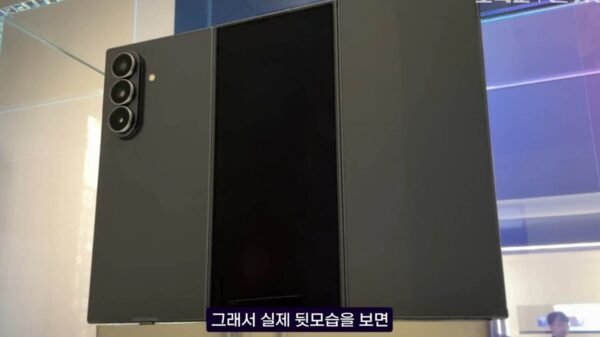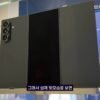In the realm of cutting-edge technology, augmented reality (AR) glasses have captured the imagination of tech enthusiasts and industry giants alike. Meta, formerly known as Facebook Inc., was among the pioneers venturing into this exciting territory. Their journey to create consumer augmented reality glasses, however, has been met with both ambition and challenges. A deal with electronics manufacturer Plessey for microLED displays marked Meta's pursuit of making AR glasses a reality. But as time went on, unforeseen obstacles arose, leading Meta to scale back its ambitions. This comprehensive article explores the twists and turns in Meta’s AR glasses endeavor and the decisions that have shaped the future of their AR offering.
Meta’s Ambitious Vision for AR Glasses
As early as 2017, Meta revealed its aspirations to bring consumer AR glasses into the mainstream. Recognizing the need for not only a high-quality camera but also a crisp display to seamlessly blend digital elements into the real world, Meta embarked on a journey to develop groundbreaking AR glasses. To stay ahead of the competition, the company secured an exclusive deal with Plessey, a prominent microLED designer, for its displays.
Challenges with MicroLED Displays
The path to perfection seldom runs smooth, and Meta soon encountered challenges with Plessey’s microLED displays. Brightness became a significant concern as Plessey’s technology struggled to meet Meta’s demanding requirements. The manufacturing process also revealed defects that impeded progress. As a result, Meta found itself at a crossroads, needing to explore alternative display technologies to stay on track with its AR glasses development.
Pivot to Liquid Crystal on Silicon (LCoS) Technology
In a strategic decision to overcome the hurdles posed by microLED displays, Meta opted to pivot towards a different technology: liquid crystal on silicon (LCoS). While LCoS offered a more affordable solution, it came with trade-offs, including lower brightness compared to microLED. This shift in display technology led to a downgrade in Meta’s AR glasses’ overall capabilities.
Glasses Design and Field of View Compromises
The design choices Meta made to reduce costs impacted the quality of its AR glasses. The decision to use glass instead of the superior and more costly silicon carbide material resulted in a reduced field of view, decreasing from 70 to 50 degrees. In contrast, competitors like Apple’s Vision Pro boasted an impressive 120-degree angle. Additionally, Meta had to scrap some of the device’s planned features, including a LIDAR feature and a projector for showcasing the user’s augmented reality view to others.
Meta’s Evolving Roadmap
While the consumer version of Meta’s AR glasses, expected to launch in 2027, will feature these compromises, the internal-only demonstration units will still utilize Plessey’s microLED displays due to their advanced stage of development. This transitional approach highlights Meta’s dedication to pushing forward while acknowledging the challenges they’ve faced.
The Race with Apple and Competitors
Throughout their AR glasses journey, Meta has been in a competitive race with tech giants like Apple, all vying to create the most cutting-edge AR glasses. However, the setbacks Meta encountered may have put them at a disadvantage compared to their competitors, especially with regards to the field of view and additional features.
Conclusion
Meta’s pursuit of augmented reality glasses has been a captivating tale of ambition and adaptation. The challenges they faced with microLED displays prompted a pivot towards LCoS technology and forced them to make design compromises to reduce costs. Despite the challenging path to bringing consumer AR glasses to market, Meta is steadfast in its commitment to the idea of an AR-driven future. As the landscape of augmented reality continues to evolve,

















































